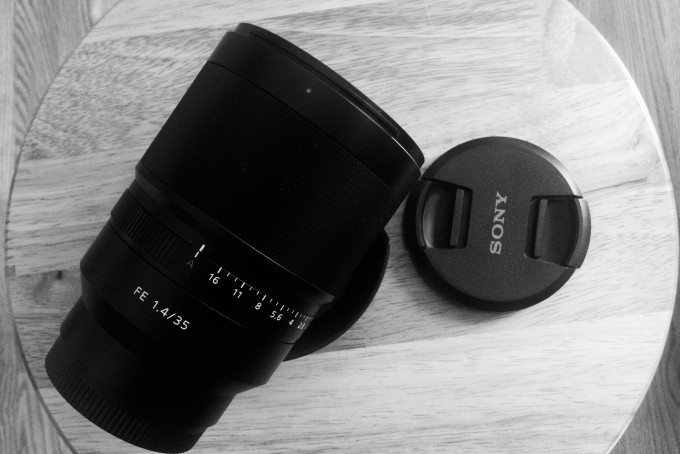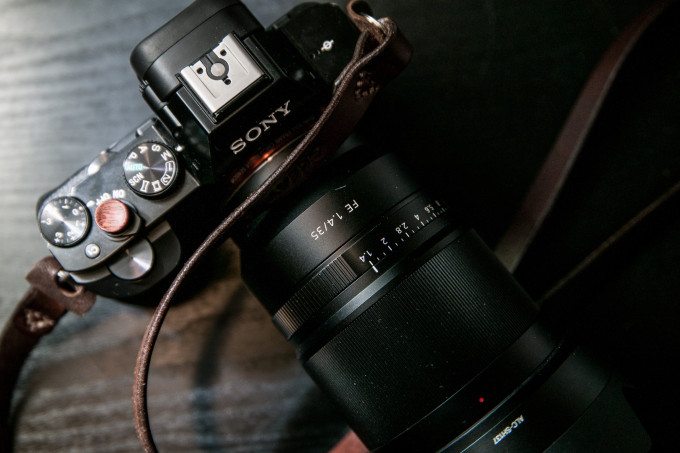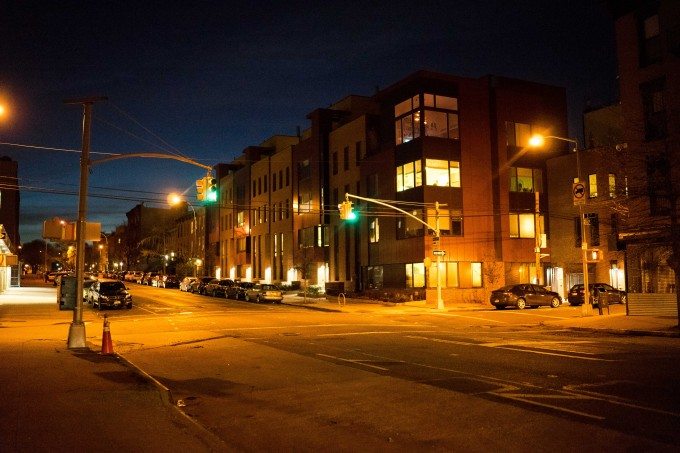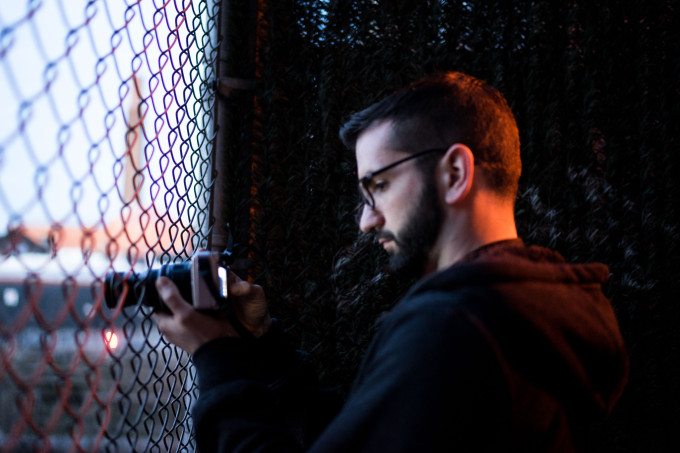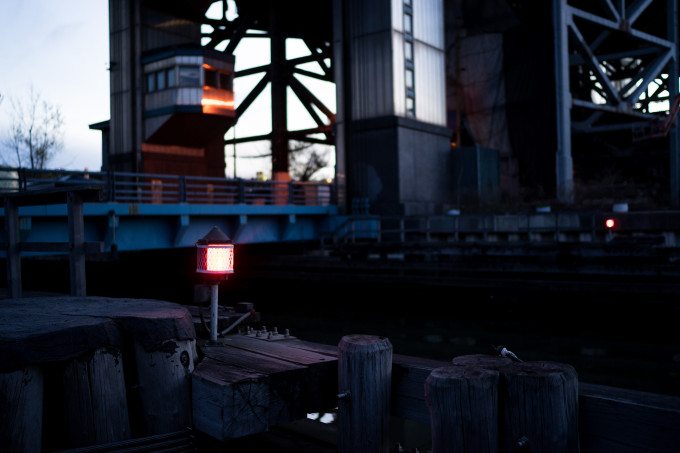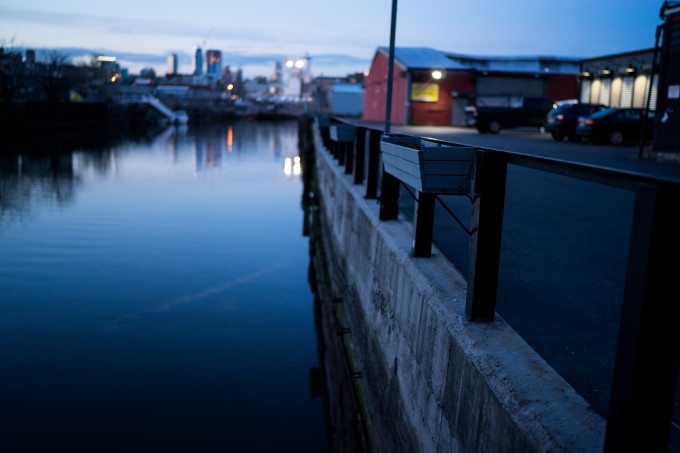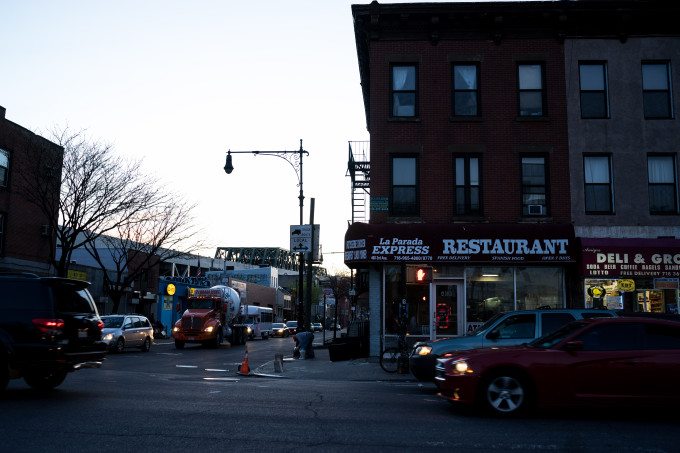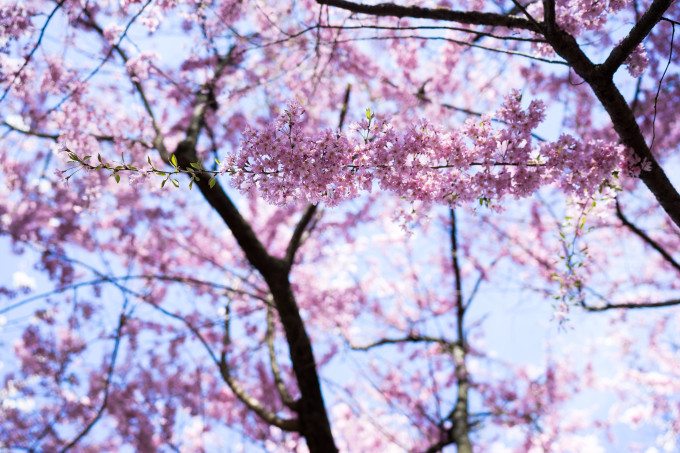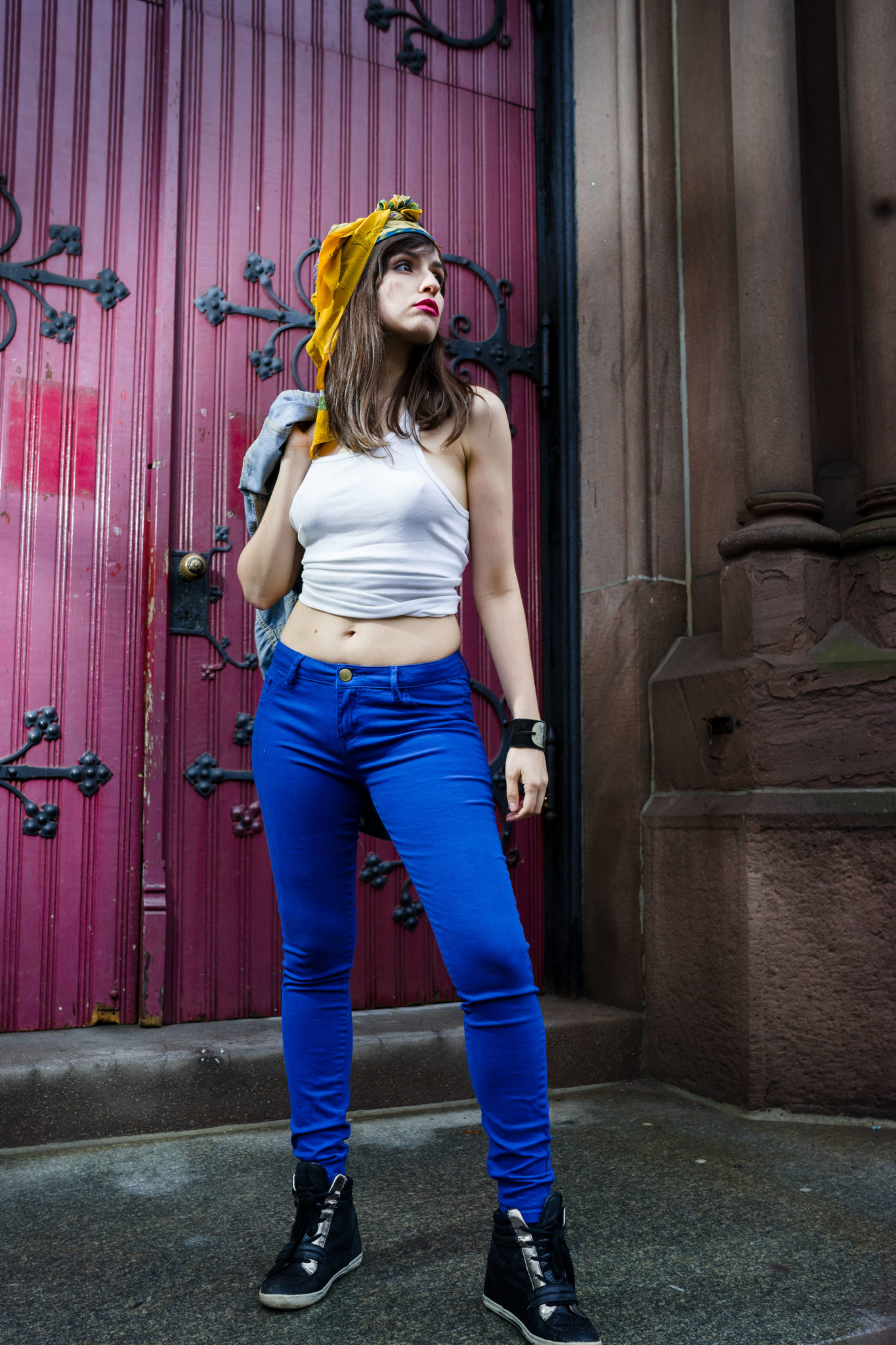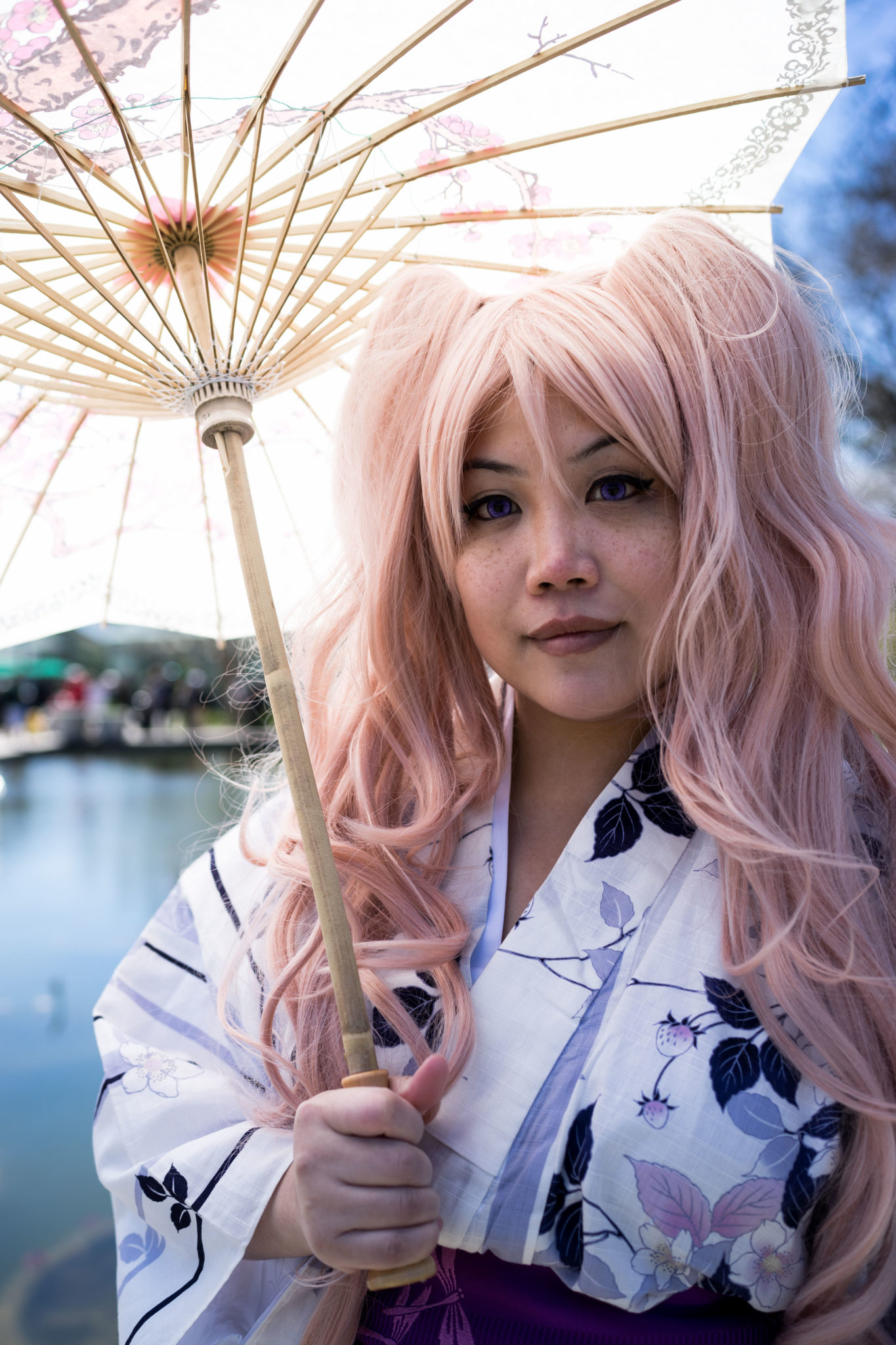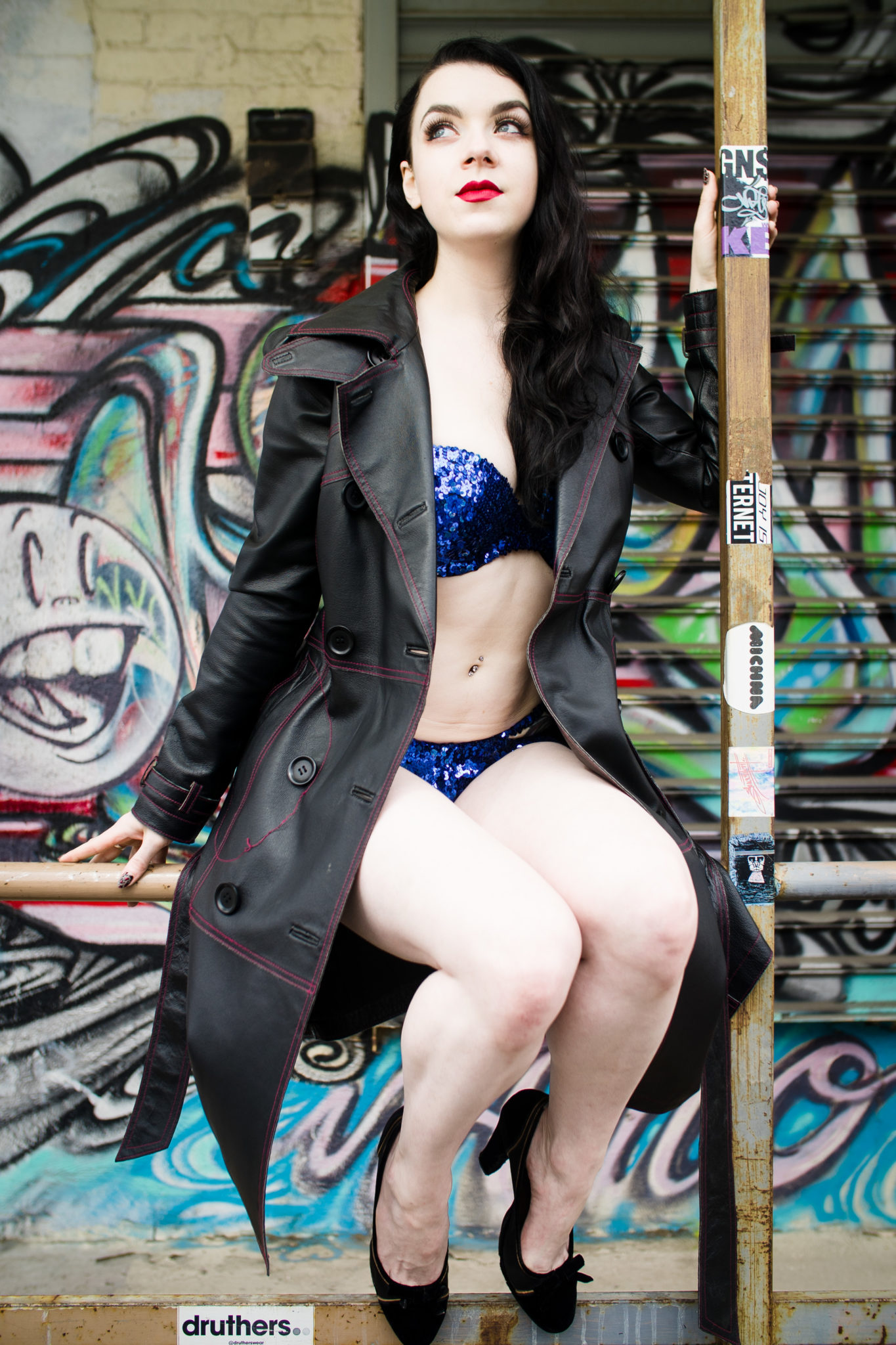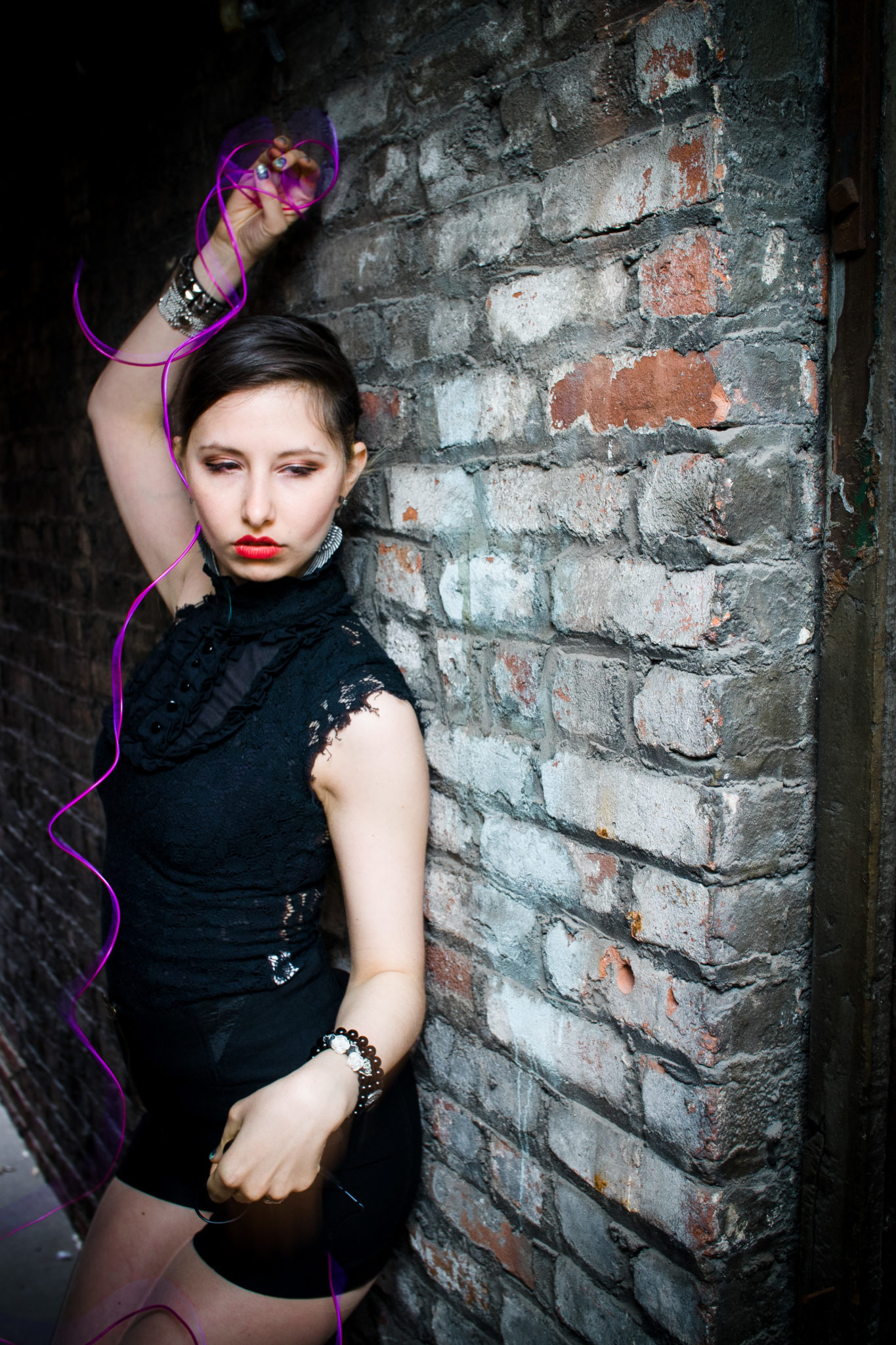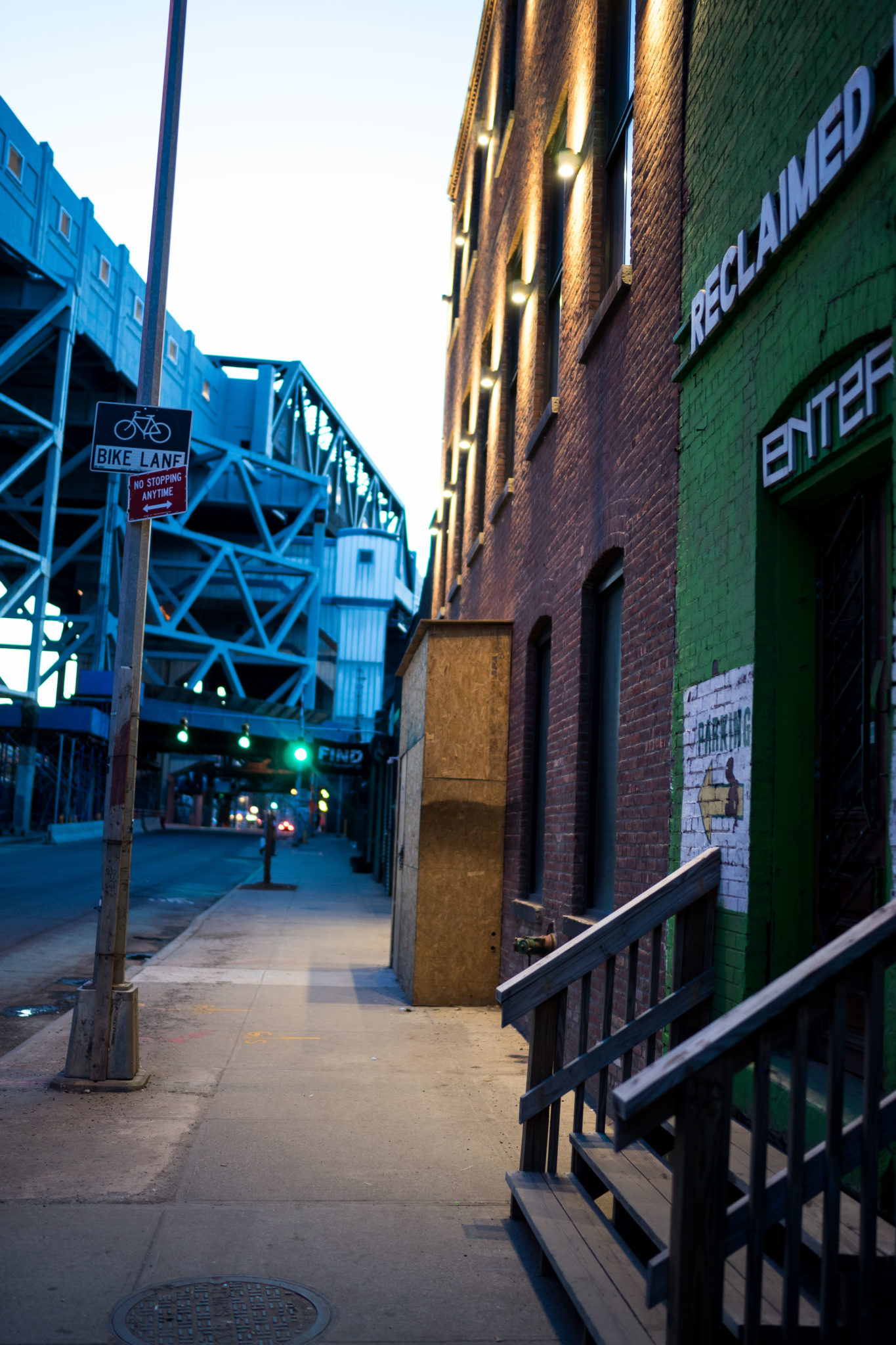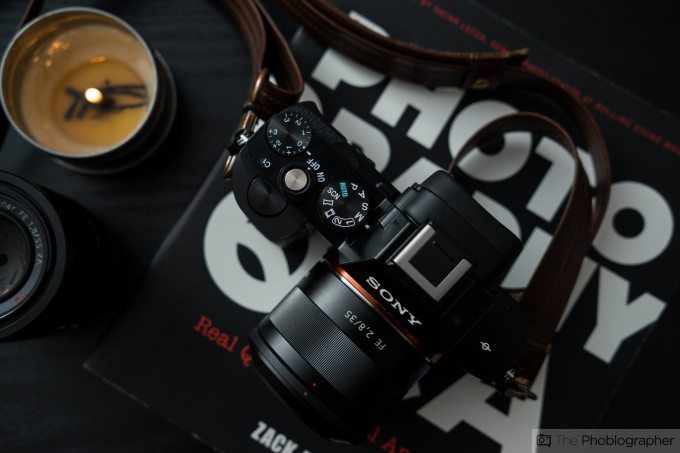Sony has been working on responding to the criticism that they don’t have enough lenses for their full frame E mount system in a similar way that Fujifilm did when coming out later on the scene: by cranking them out. But the Sony Zeiss 35mm f1.4 doesn’t feel rushed at all. In fact, it feels very timeless and beautiful. This lens has a very unique design with its aperture ring–it’s the first Sony lens to have one and is designed for videographers who want easier control over their lenses. Rather than fully building a cinema lens, Sony solved the problem by giving it autofocus abilities that also work well for still shooting.
With a metal exterior, weather resistance, and solid focusing abilities for its size and weight, there is very little for us to not like about this lens.
Pros and Cons
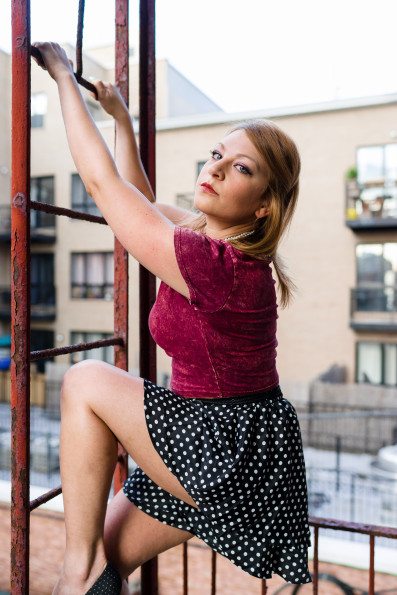
Pros
– Sharp, saturated images
– Beautiful bokeh
– Aperture ring feels very nice if you choose to use it
– Splash and dust resistance
– Pretty fast focusing abilities
– Very silent motors
– Colors work well skin tones
Cons
– Lack of depth of field scale, which really hurts videographers
– Not as sharp as Sigma’s 35mm f1.4 wide open and not as contrasty–but the latter is a personal preference
– Big in relation to the Sony A7 camera bodies
– Very expensive at $1,598
Gear Used
We tested the Sony Zeiss 35mm f1.4 with the Sony A7 and Adorama Flashpoint Zoom Li-Ion Flash.
Tech Specs
Taken from the B&H Photo listing of the product
| Features | |
|---|---|
| Image Stabilization | No |
| Autofocus | Yes |
| Tripod Collar | No |
| Physical | |
|---|---|
| Filter Thread | Front:72 mm |
| Dimensions (DxL) | Approx. 3.09 x 4.41″ (78.5 x 112.0 mm) |
| Weight | 1.39 lb (630 g) |
| Shipping Info | |
|---|---|
| Shipping Weight | 2.2 lb |
| Box Dimensions (WxHxD) | 5.0 x 4.9 x 7.5 |
Ergonomics
The Sony Zeiss 35mm f1.4 lens is one that is pretty darn solid and standard with a touch of both the future and vintage. No, it isn’t steampunk, but it is cool in many ways. We start our tour at the front of the lens which has a massive 72mm filter thread on the front.
The lens becomes something pretty big when it’s mounted to the camera. It is indeed large, but for what it’s worth it’s still quite balanced with the body. The lens is characterized by an aperture ring towards the back and a focusing ring towards the front. Keep turning the ring and you can set the lens to an A mode for automatic control or camera control.
Without the lens hood, the Sony 35mm f1.4 becomes smaller, though still quite hulking for the cameras that it mounts to.
Build Quality
Sony’s 35mm f1.4 is splash proof and dust proof–but don’t run it under a faucet. It can take more abuse than standard photo products, but not idiocy. Otherwise, the feel of the lens in your hand is quite substantial in that it has lots of heft, a solid grip area around the focusing ring and an aperture ring. In fact, it feels just like a DSLR lens.
This is a bit odd as we expected a lens on a mirrorless camera to not feel or be this large.
Autofocus
In our tests, the focusing seemed quick, accurate and without very much of an issue. We tested it on the Sony A7 and as expected, when the focusing point becomes smaller the focusing speed will slow down. To be fair, this is normal with any camera you work with these days. Accuracy was only an issue in some situations when trying to use Sony’s Eye Focusing ability.
For the quickest of action shots in street photography, we wouldn’t really recommend that you get this lens. If you do, use the zone focusing method. But for candid shots otherwise you’ll have very little issues or problems. This applied to even the brightest of lighting situations.
When the camera is set to focus by itself, this lens will be the slowest in terms of focusing. In comparison to the 35mm f2.8 lens, we were pleasantly surprised to see that the 35mm f1.4 actually focuses quicker. Sony’s 35mm 2.8 is smaller and lighter–significantly more so. However, it was consistently slower to focus than the 35mm f1.4 by a hair. We didn’t expect this to be the case at all but the fact that it’s even a hair faster blows out minds a bit.
For general use, we doubt you’ll have any issues. But we also doubt you’ll be buying this lens for just general use.
Ease of Use
Mount the lens to your camera, point, focus, shoot and be merry. There is very little that makes this lens go wrong at all with the exception of the aperture ring. If you’re an experienced photographer, you won’t have much of a problem since you most likely know how to use an aperture ring. But if you don’t, then it may take you a little while to figure out that by switching the setting to “A” that you can control it via the camera.
Image Quality
AS WITH ALL OF OUR IMAGES, THE EXIF DATA IS IN TACT. SIMPLY CLICK THE LINK AND YOU’LL FIND IT IN THE URL.

As far as the Image Quality of this lens goes, you have very little to complain about. The image quality is sharp, saturated, and overall very beautiful. It beats much of the previous lenses that Sony has offered but in many ways also rivals the company’s 55mm f1.4 for their A mount.
It’s much better than the Zeiss 35mm f1.4 Loxia in terms of image quality–though Zeiss’s seems to be a bit more contrasty. For the most part it also really beats the 35mm f2.8 that Sony announced with the A7 series of camera when they were first introduced. In fact, this has to be one of the best 35mm lenses that we’ve seen in years. We don’t believe that it’s better than Sigma’s 35mm f1.4, but it’s very close.
Sharpness
To get the best sharpness, we used a flash with this lens and the camera to bring out specular highlights. That’s where this lens also made us realize just how sharp it really is.
It bests most of everything that Canon and Nikon both put out in similar focal lengths and also beats out the Leica 35mm f1.4 Summilux. The Sony 35mm f1.4 is only about on par with the Sigma 35mm f1.4.
Bokeh

Creamy, creamy and beautiful bokeh is what we got from this lens. Here is where we found the Sony 35mm f1.4 to be better than the Sigma version.
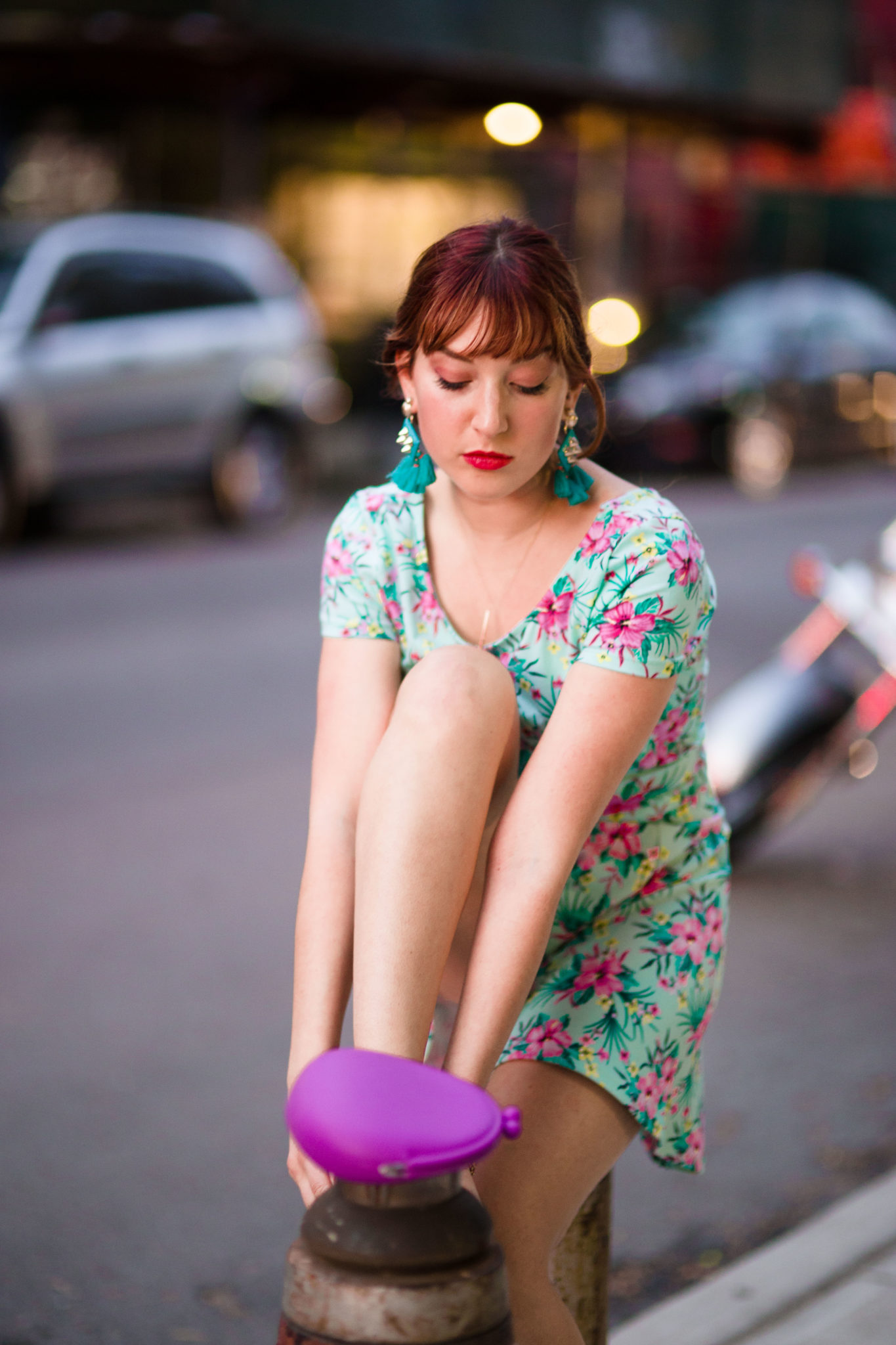
Here’s an example of a similar photo shot with the Sigma 35mm f1.4. While Sigma’s is a bit hazier, we can’t at all call it not creamy. Sony’s bokeh is also better than the Canon 35mm f1.4 L and Nikon’s version. To be fair, Canon’s lens is from the film days.
Color Rendition
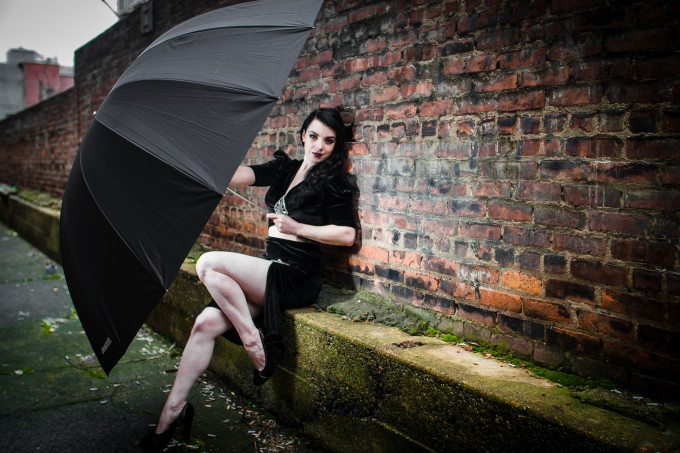
By using the different Sony color profiles, you’ll get a variation in colors but when using the vivid color profile you’re going to get something similar to Kodak Ektar with the absolute best color fixer. The colors are less saturated than Sigma, but Sigma also has stronger contrast which leads to deeper colors right out of the camera.
Color Fringing
In our tests, we found no signs of purple fringing worth crying home about. If anything it was very slight and only after we added a bit of contrast to the images that we shot. Additionally, it’s nothing that will completely ruin an image.
Vs Sigma 35mm f1.4
Overall the biggest competitor to this lens is the Sigma 35mm f1.4 despite the fact that it is designed for DSLR use. Sigma is slightly sharper with more contrasty images and deeper colors. But Sony has better bokeh for what it’s worth.
Extra Image Samples

Conclusions
Likes
– Good build quality despite a large size
– Pretty fast focusing
– Beautiful bokeh
– Sharp image quality
– Aperture ring despite the lack of an effective depth of field scale
Dislikes
– That price
– Big size
The Sony Zeiss 35mm f1.4 is a hefty lens with fast autofocusing abilities, beautiful bokeh, sharp image quality, a solid build and a heck of a price tag. It’s a beautiful lens that you’ll never want to put down, but we only recommend it if you’re planning on going pro. If you adapt the Sigma 35mm f1.4 on, you’ll lose focusing speed, so there’s no point in going that route.
We award the Sony Zeiss 35mm f1.4 four out of five stars. Want one? Hand your Sony overlords $1,598 and it’s all yours.
Recommended Cameras and Accessories
Sony A7r: The highest resolution A7 camera will give you better sharpness but not better autofocusing abilities.
Sony A7 Mk II: This camera may give you the best autofocusing capabilities.
Sony A7s: Sony’s video entry into the A7 series is best used with the silent aperture ring.


